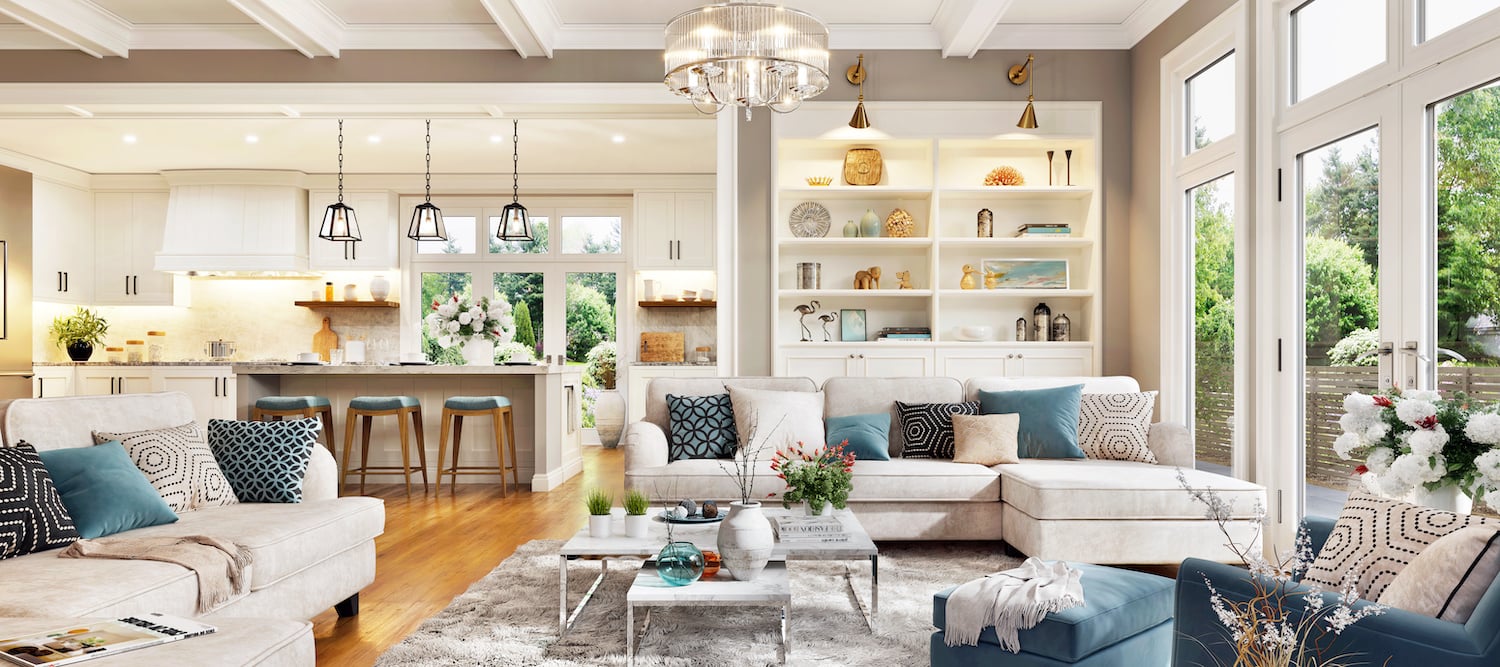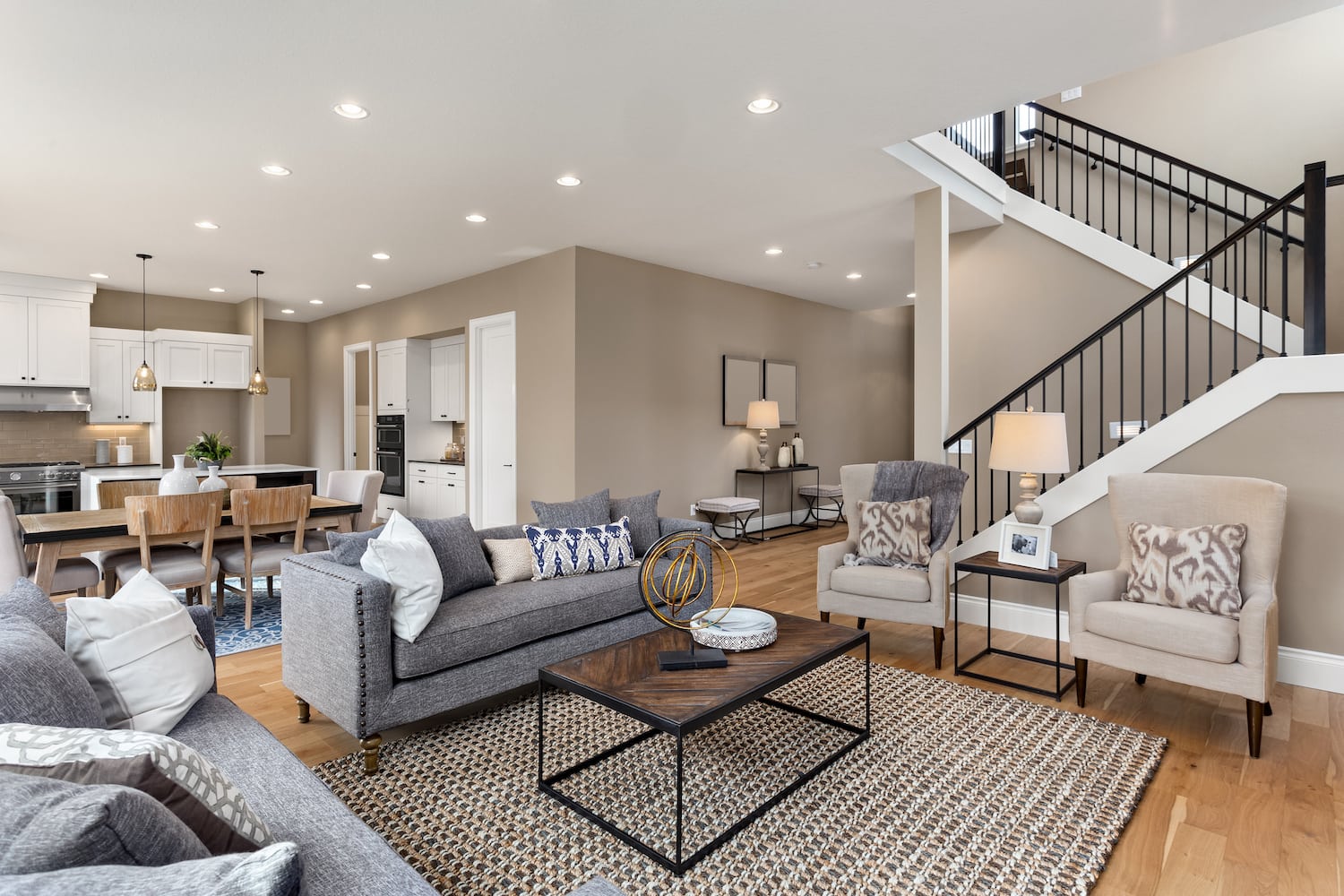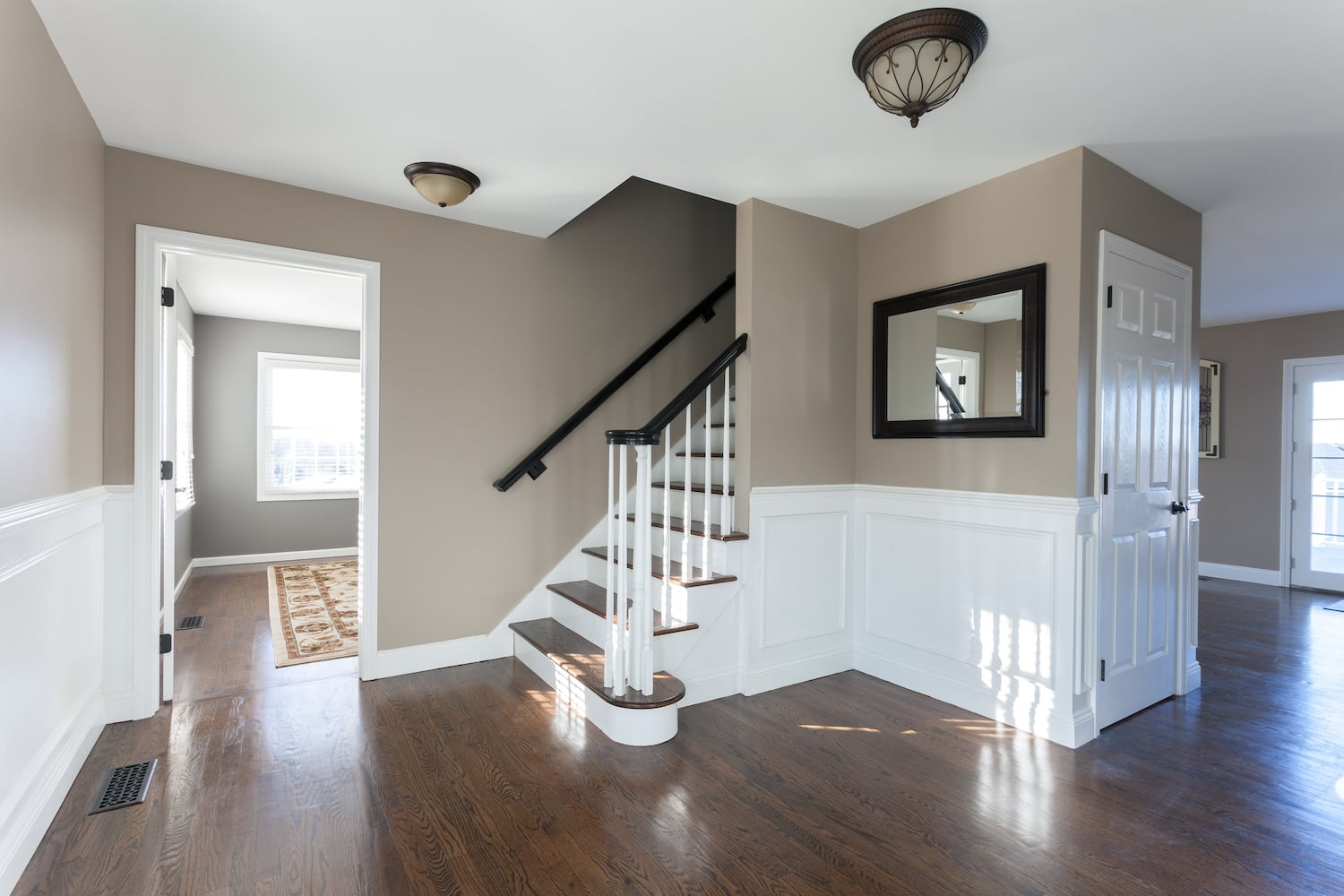Whether you’re renovating or building a home from the ground up, the floor plan will be the most important part of the process. This is because the floor plan you choose will influence everything from construction costs to where and how you spend time in your home.
Choosing an open floor plan can create a more modern and spacious feel, with each room flowing into the next. On the other hand, a closed floor plan offers more of a traditional feel, allowing for privacy and the designation of specialized areas — like an office or playroom.
While open-concept homes are becoming increasingly popular, they may not be the best fit for the structure of your home or your lifestyle. Of course, the same can be said about closed-concept floor plans. In this article, we’ll walk you through the pros and cons of open concept vs. closed to help you decide which floor plan is right for you.
What Is an Open-Concept Home?
When we say open-concept home, we’re referring to a home that features one or more common areas in a single large living space. In other words, the barriers — as in the walls — are essentially eliminated. This allows for the traditionally closed-off rooms, such as the kitchen, living room, and dining room, to come together as one open space.
This type of floor plan is considered to be a more modern design style as they often include higher ceilings and larger windows, making them feel brighter, loftier, and more spacious. They also exclude most hallways and doors, which gives them a more inviting feel.
The Pros and Cons of an Open-Concept Home
Open-concept floor plans are associated with a lot of advantages as well as a few downsides.
✅ The Pros:
- Space: Open floor plans are excellent for creating space in smaller homes. By eliminating walls and hallways that divide rooms, you’re left with a nice open area that appears larger than it actually is. It also allows people to move around more easily.
- Versatility: With an open floor plan, you do turn your space into anything you want since the absence of walls makes it easier to re-purpose areas of your home and get creative about separating those areas.
- Safety: Open space means being able to see everything that goes on, which can make life easier when it comes to keeping an eye on young children, pets, and everything else that goes on in your home.
- More natural light: The high ceilings and large windows that typically accompany open floor plans allow natural light to flood your home. It’s scientifically proven that sunlight has a positive effect on your mood, plus, it can make your entire house feel bigger.
- Resale value: In the real estate world, open concept is what you would call a buzzword. In other words, home buyers right now are very attracted to open concepts and are typically willing to pay more for a home with an open interior.
🚫 The Cons:
- Less privacy.
- The design process will have to be cohesive to avoid clashing styles among different “rooms.”
- Smells can travel easily through the open floors.
- Noise can be difficult to contain.
- It can be challenging to heat efficiently.
What Is a Closed-Concept Home?
A closed-concept home, as you know, is the traditional style floor plan that features a layout of multiple rooms and spaces separated by hallways, walls, and doors. With closed-concept homes, each area of the home, from the kitchen to the living room, becomes its own space.
The Pros and Cons of a Closed-Concept Home
Open interiors may be trending right now, but traditional closed interiors are still just as advantageous.
✅ The Pros:
- Privacy: Privacy is hard to come by when there are no walls or doors in your home. Closed rooms can offer privacy for specialized areas, like an office or studio.
- Sound control: Sound travels, especially through homes without walls. Having a closed-concept floor plan helps to contain sound as well as soundproof certain rooms — which comes in handy when you have a noisy home and need some peace.
- Energy efficiency: When you have separate rooms, you can choose to heat or cool the ones you need to. This means that you’re less likely to pay high energy costs since you don’t have to heat or cool the entire space.
- Cleanliness: Doors and walls make it easier to hide away clutter when you’re too busy to tidy up, which gives closed floor plans a unique advantage that open plans can’t offer.
- Interior design flexibility: From a design standpoint, a closed layout is more appealing as it allows you to make each room different regarding the décor, colors, and more — without having to worry if the kitchen matches the living room.
🚫 The Cons:
- Less natural light.
- Smaller spaces and an overall smaller feel.
- Little to no visibility.
- Less accessibility, especially for disabled individuals.
Open Concept Vs Closed: Which Is Right For Your Home?
If you’re deciding between an open concept vs a closed concept, there are a few things to consider that can help the decision process along.
For example, if the following apply to you, an open-concept floor plan may be best for your home:
- You have a large family with small children.
- You’re often entertaining guests.
- You like having the freedom to switch up your layout.
- You’re eventually planning to sell.
Or, if these factors apply to you, then a closed floor plan may work better:
- You host a lot of dinner parties or events that you do the cooking for.
- You prefer to have more privacy.
- You prefer quieter spaces.
- You do a lot of cooking in general and prefer to contain smells.
The most important thing to consider when choosing the layout for your home is your overall lifestyle and what will work best for you and your family. Of course, if you’re unsure of which layout you should choose, you can always ask the professionals at Thomas Buckborough & Associates.
Start With a Kitchen Remodel Consultation
Our design-build process was created to walk homeowners through the various steps of renovating and rebuilding. Contact us today to schedule a consultation so we can help you decide which floor plan is right for your home.




